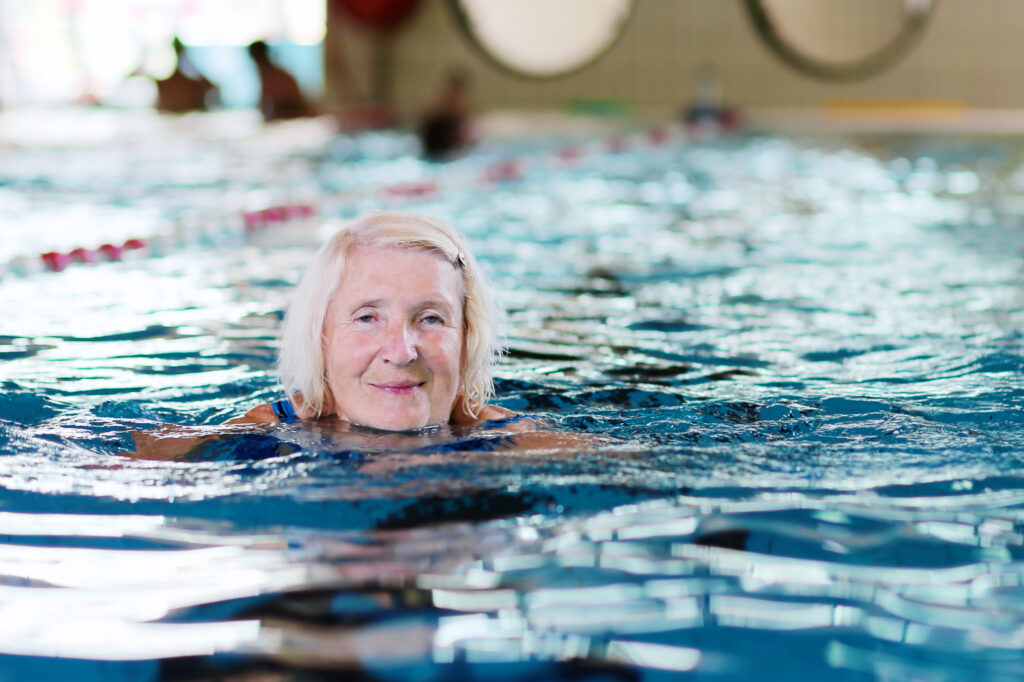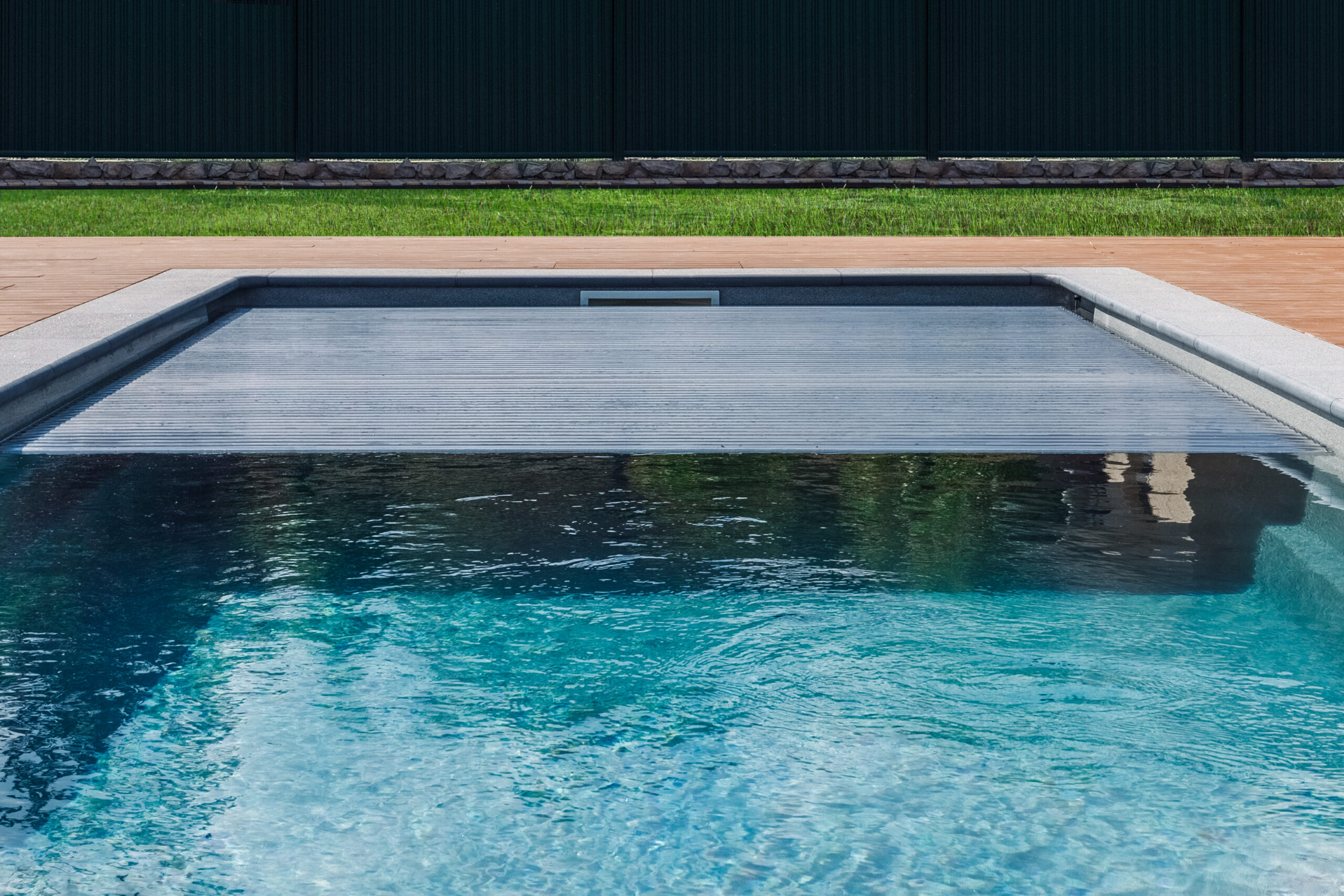The world is changing around us… and it’s changing fast. Everybody is focusing on being greener and more efficient. ‘Carbon footprint’ is in everyone’s vocabulary and is now a key consideration for the running and marketing of any aged care facility. For the aged care industry, this presents some real problems and opportunities – particularly around the generation of hot water.

The day-to-day operation of an aged care property uses large volumes of hot water, and generating hot water is energy-intensive, so a large amount of overall energy used as well as running costs of any facility will go towards hot water. This should make hot water a big focus area for improvement. The good news is that solutions are available that can provide hot water just as reliably as always, but with a much higher efficiency, much lower running costs and a significantly lower environmental impact.
It’s gas now, but this can’t last
Many have already seen the writing on the wall. Despite soothing noises from the gas industry, there is huge uncertainty that gas, traditionally the go-to for heating hot water, is going to play any significant part in future water heating solutions – especially for large-scale users like aged care facilities.
A few quick checks will tell you that New Zealand as a whole consumes about 2 Petajoules of gas per annum, and the current gas stocks total around 20 Petajoules. So, unless we find new gas supplies (which are currently off-limits) then New Zealand will run out of gas in approximately 10 years.
What is more topical is that burning fossil fuels for heating is now an unpalatable option for many building owners and much of the general public. There is a growing demand for more environmentally friendly, future-proofed, heating and hot water solutions.
So we need a new answer for hot water. There are a plethora of possibilities, but how do we know which is the best way to go?
Historically the alternative is direct electric – do we go back to the future?
Outside of gas, the hot water solution historically was the electric cylinder. This is what was you would have seen installed in houses for many years before the rise of instantaneous gas water heating.
While electric cylinders are well proven, they are very energy hungry. So they should only be considered for small scale hot water – and even then, there are probably better solutions available.
As well as having high running costs, electric cylinders will often require substantial electrical upgrades to implement. This may not be limited to local rewiring, it may also require upgrades to street cables and transformers – which are expensive and hard to come by.
From a carbon footprint point of view, electric cylinders are a poor choice. While they aren’t directly burning fuel as gas does, the vast amount of electricity used to heat the water means it won’t tick boxes for any building owner or occupant looking to do the right thing.
Solar is green – but is it New Zealand’s alternative to gas?
Solar hot water has been around for quite a while and due to environmental concerns is seeing a resurgence.
There is no doubt that this is a very green solution – what could be better than harvesting free sunlight? But the fact that solar has never really established itself as a mainstream solution for facilities may be a concern. As with direct electric, solar can throw some rather large spanners in the works.
The main and obvious one is that solar only works well with a lot of sunlight. On less sunny days, which occur mostly in the winter when more hot water is needed, or with building structure or orientation not optimal, hot water generation from solar is compromised. This usually forces the need for a backup hot water system, which logically leads to the question of – why not just have a more reliable hot water solution to start with?
Additionally, for solar to be effective, a lot of roof real estate is needed, the aesthetics of which aren’t always palatable, the CAPEX cost is usually substantial and the performance of solar deteriorates very quickly if very regular maintenance isn’t done.
Finally solar simply doesn’t usually stack up in commercial settings where roof area is low relative to gross floor area, such as high-density, multi-level villages. There just isn’t enough roof space to generate the amount of hot water required.
Hot water heat pumps – on balance, a smart choice
There are a handful of other fringe solutions available for hot water production, but the only other mainstream option to cater for the industry is hot water heat pumps.
Heat pumps for comfort are very well accepted in New Zealand. But the use of hot water heat pumps here is well behind other parts of the world such as Europe, the UK and Japan – where their use is widespread. Based on worldwide evidence we can expect hot water heat pumps to become more in demand in New Zealand’s future.
There is a good reason for this, like their comfort-based cousins, hot water heat pumps are extremely efficient and out-perform all other hot water heating solutions in this regard. They also generate hot water extremely reliably in all conditions.
The ultimate water heating solution
Excitingly, there are now some hot water heat pumps available that use CO2 as their refrigerant – such as Mitsubishi Electric’s QAHV CO2 Hot Water Heat Pump. Nothing can compete with CO2 refrigerant and its global warming potential.
It provides the reference point for environmental impact that all other refrigerants are measured against. By utilising CO2 as an environmentally-friendly, safe and naturally occurring refrigerant fluid solution, CO2 Hot Water Heat Pumps provides a sustainable way forward for potable hot water generation. Furthermore, a CO2 hot water heat pump uses around 30 per cent of the electricity of an electric cylinder hot water system and reduces carbon emissions by around 80 per cent compared to gas hot water systems.
As well as the core advantages of lower running costs, reduced carbon footprint and lesser environmental impact, hot water heat pumps have some unique advantages that make it an ideal solution for the discerning aged care facility provider.


Some of QAHV’s advantages include:
- Hot water up to 90°C is possible if needed. No other heat pump can get water this hot – no other system can make water this hot as efficiently.
- Makes some hot water in real-time (as it is being used). This can reduce the space needed for storage tanks and gives quicker recovery to full hot water availability.
- Onboard tank storage control system. Allows reduction of hot water storage in off-peak periods and lower normal storage temperatures (with only short programmed high heating cycles for sterilisation). Significant running cost savings can be achieved through these measures with no compromise in hot water delivery.
- Heat pumps are optimised for low air temperatures and low sound levels. Like all Mitsubishi Electric products, the QAHV is designed for NZ conditions and to be very, very quiet making it ideal for the higher density of aged care facilities.
In New Zealand, hot water heat pumps have already been installed in universities, accommodation facilities, hospitals, gyms and swimming pools. And this list is growing rapidly.
How do I get it right with a hot water heat pump?
Often overlooked, but critical to success with all heat pumps is that they need to be correctly installed and maintained. Hot water heats pumps are no different. Mitsubishi Electric has a team of professional, experienced engineers with expertise in hot water design to ensure quality outcomes. Get in touch with them via the mitsubishi-elelctric.co.nz website for further assistance.
Author: John Greaves (NZCE- Mech) – Senior Design Engineer, Mitsubishi Electric NZ








